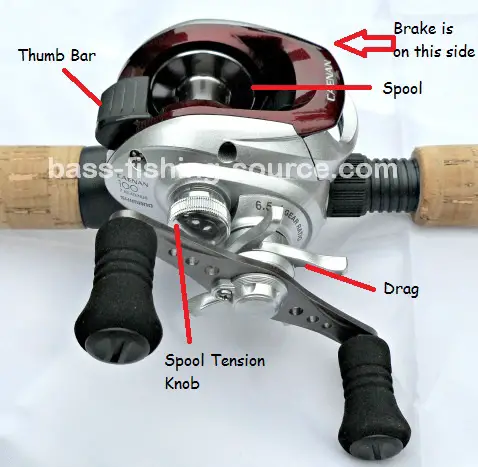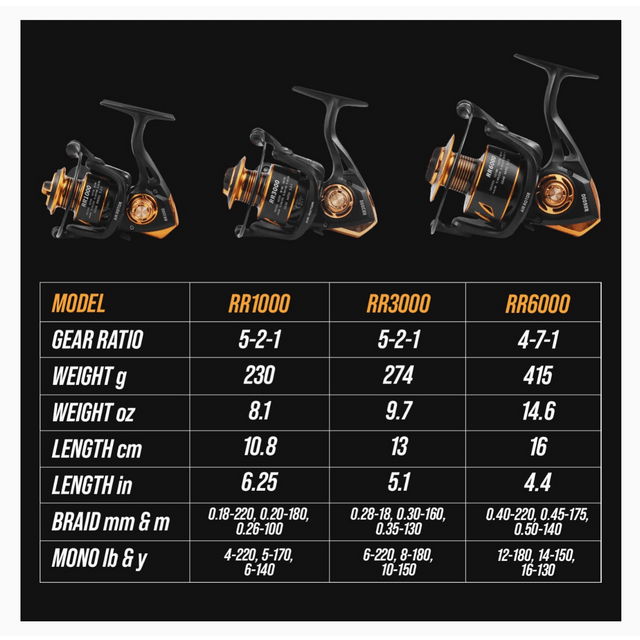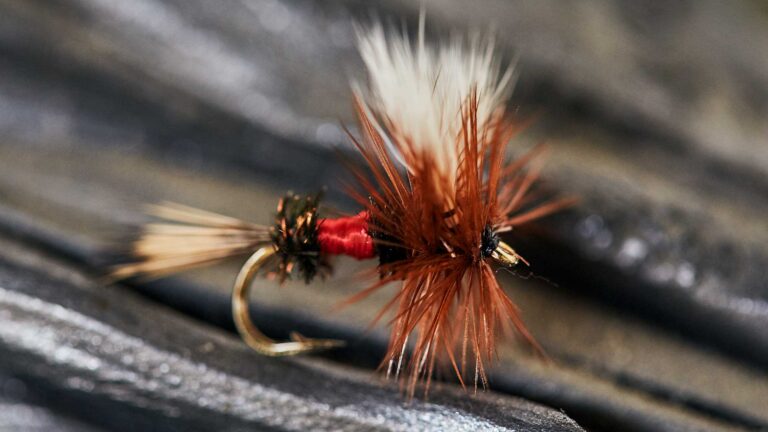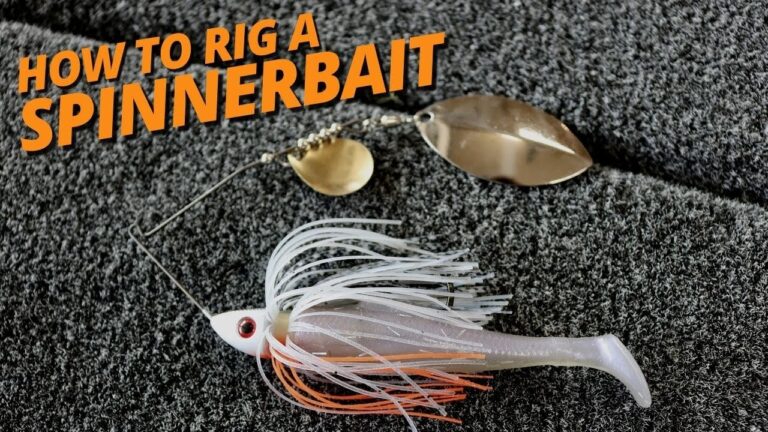How to Tune a Baitcaster

To tune a baitcaster, adjust the brake system and fine-tune the spool tension knob for optimal casting performance. Align these settings according to the lure weight for precision.
Tuning a baitcaster is essential for achieving both distance and accuracy in your cast. Understanding the nuanced balance between the braking system and the spool tension will prevent the dreaded backlash, commonly known as a “bird’s nest. ” Anglers know too well that mastering these adjustments can make all the difference between frustration and a successful day of fishing.
Dive into the process of dialing in your baitcasting reel to enhance your casting technique, reduce line tangles, and ultimately catch more fish. With attention to detail and a little practice, anyone can become proficient in setting up their baitcaster for an efficient and enjoyable fishing experience.
The Basics Of Baitcaster Tuning
Proper preparation is key to tuning a baitcaster effectively. Begin by gathering the necessary tools and equipment. Essential items include:
- Quality screwdrivers – aligned with reel screws
- Cleaning solvent – for removing old grease
- Lubricant – to ensure smooth operation
- Cotton swabs and rags – for cleaning and drying parts
- Spool tension gauge – for precise adjustments
Ensure a clean workspace. Organize your tools for easy access. This preparation leads to a smooth and successful baitcaster tuning process.

Credit: tailoredtackle.com
Step-by-step Guide To Adjusting Drag
Setting the drag on a baitcaster is crucial. It lets you control the fish pull. A well-adjusted drag prevents line breaks. Start with a light setting.
Slowly tighten the drag until you feel resistance. The ‘sweet spot’ is key. It offers enough give for the fish to run. Yet, it’s tight enough to reel them in. Testing your drag is simple.
- Pull the line above the reel.
- Feel for smooth, steady tension.
- Adjust as needed, using the drag knob.
A perfect drag makes catching fish easier. Always test before casting. Enjoy a successful day of fishing!
Spool Tension Adjustments Explained
Spool tension on a baitcaster is key to smooth casting. Turn the spool tension knob until the bait drops slowly. This knob is usually located right by the reel handle. Proper tension prevents the line from unspooling too quickly. Too loose, and you’ll face a dreaded bird’s nest, where your line becomes tangled.
Balance is crucial, and it depends on lure weight. With a heavier lure, you’ll need less spool tension. Adjust accordingly for lighter lures. A good test is to see if the lure falls evenly when you release the line. A little patience and practice make perfect. It’s about finding that sweet spot where the lure glides smoothly, but the line stays controlled.

Credit: tailoredtackle.com
Breaking System Tweaks For Smooth Casting
Baitcaster brakes come in two main types: magnetic and centrifugal. A magnetic brake system uses magnets to slow down the spool. The spool takes less time to stop with more magnets near it. Centrifugal brakes use friction caused by small weights. These weights push out against a brake ring.
For smoother casting, it’s important to adjust the brakes properly. Start by setting the dial or pin system on your baitcaster to your lure weight. Cast your lure and observe the spool. If it turns too fast, increase the brake pressure. If it turns too slow, reduce the brake pressure.
Test your adjustments with a few casts. Aim for a cast that lets your lure fly far but doesn’t backlash the line. Once you find a balance, you are ready to fish!
Fine-tuning For Different Lures And Conditions
Tuning a baitcaster for optimal performance requires attention to lure weight and weather conditions. For lighter lures, decrease the spool tension. This allows the lure to travel without the spool overrun. Heavier lures will need a tighter setting, ensuring the lure doesn’t fall too quickly and cause tangles.
Changing weather, especially wind, also affects baitcaster settings. A headwind demands increased tension to combat the resistance. Conversely, a tailwind can help carry the lure farther, so lessen the tension slightly. Regular adjustments of the spool tension knob are necessary to match these conditions.
| Lure Weight | Spool Tension Adjustment |
|---|---|
| Light | Decrease tension |
| Heavy | Increase tension |
| Weather Condition | Spool Tension Adjustment |
|---|---|
| Headwind | Increase tension |
| Tailwind | Decrease tension |
Maintenance To Keep Your Baitcaster Performing
Maintaining your baitcaster ensures peak performance on each fishing trip. Follow a regular cleaning regimen to remove dirt, grime, and water that enters the reel. Disassemble your baitcaster carefully and use a soft brush, such as a toothbrush, to gently scrub the parts. Make sure to dry all pieces completely before reassembling.
Lubrication is key to a baitcaster’s longevity. Apply only a few drops of quality reel oil to the moving parts. Focus on bearings, gears, and the spool shaft for the smoothest operation. It’s crucial to avoid over-lubrication, which can attract more debris.

Credit: m.youtube.com
Frequently Asked Questions On How To Tune A Baitcaster
How Do You Adjust A Baitcaster?
To adjust a baitcaster, first set the spool tension knob so the lure falls slowly when released. Next, fine-tune the brake system to minimize backlash while casting. Lastly, dial in the drag to ensure it matches your fishing line strength.
Why Is My Baitcaster Not Casting Far?
Your baitcaster may not cast far due to improper spool tension, insufficient lubrication, excessive line on the spool, or using the wrong lure weight for your line. Regular maintenance and correct setup can improve casting distance.
Why Does My Baitcaster Keep Backlashing?
Your baitcaster may keep backlashing due to incorrect spool tension, overfilled line, or improper thumb control. Adjust the brake system and practice smooth casting techniques to minimize backlashes.
How Do I Make My Baitcaster Smoother?
To make your baitcaster smoother, regularly clean and lubricate the reel, replace old line, and adjust the tension and brake settings for optimal performance. Proper maintenance ensures a smoother operation.
Conclusion
Mastering the art of tuning a baitcaster can elevate your fishing game to new heights. Remember, patience and practice are key. Start with these steps and adjust as you go for that perfect cast. With every adjustment and outing, you’ll become a more proficient angler.
Happy fishing and tight lines!


